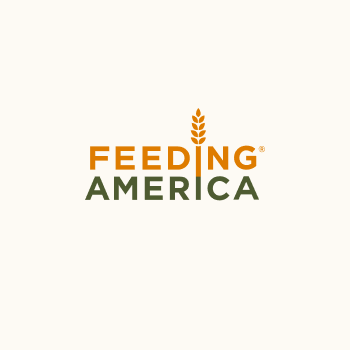How Food Banks Fed Louisianans After Hurricane Ida
Updated 9/8/21
What’s Happening?
On Sunday, August 29, 2021, Hurricane Ida made landfall about 60 miles south of New Orleans, Louisiana as a Category 4 storm. With sustained winds of up to 150 mph, Ida tied for the fifth-strongest hurricane to ever hit the United States mainland. In addition to the severe winds, the storm brought destructive flooding across Louisiana. In the wake of Ida, nearly one million residents in Louisiana and Mississippi were without power, including a significant portion of the city of New Orleans. Because of the sustained power outages and flooding, access to food and water has been extremely limited.
What are food banks and Feeding America doing?
Food banks in Baton Rogue and New Orleans have been damaged by the hurricane, but remain open and serving their communities. Second Harvest Food Bank has distributed nearly 1.2 million pounds of food and 20,000 hot meals to their community since September 4. Meanwhile, the Greater Baton Rouge Food Bank has provided more than 1.4 million pounds of food to people impacted by the hurricane.
Other food banks across Louisiana, working with Feeding Louisiana - the state's network of food banks - are assessing the needs of their pantries and food programs. They are coordinating mutual aid with Louisiana food banks and those in the Gulf Coast region to deploy resources to support neighbors as they begin to get back on their feet.
Food banks in Florida and Texas have also joined the recovery effort and have provided 11 truckloads of food, water and ready-to-eat meals to food banks in Louisiana.
Meanwhile, Feeding America has deployed 91 truckloads – about 2.9 million pounds of food, water and other relief supplies, to the impacted communities.
What can I do to help?
- Donate to Feeding America's Disaster Response Fund. Hurricane Ida has upended the lives of millions, at a time when the COVID-19 pandemic is surging in the area. Ensure local food banks can respond in the wake of the storm by supporting Feeding America’s response fund.
- Donate to food banks in the impacted area. Donating funds is the most efficient way to support affected food banks as they respond to the need after a disaster. From purchasing extra food to putting gas in trucks, a monetary donation goes a long way at the local level. Find local food banks and donate.
- Follow affected food banks on social media. Local food banks will know what they need most to respond to in their community. Whether that’s food, funds, or volunteers – watch their social channels to learn the best way to make a local impact.
- Learn more about Feeding America’s disaster response efforts. Feeding America and local food banks are on the ground before, during, and after a disaster, ensuring those impacted have food and hope during the toughest of times. Learn more about our national response.























